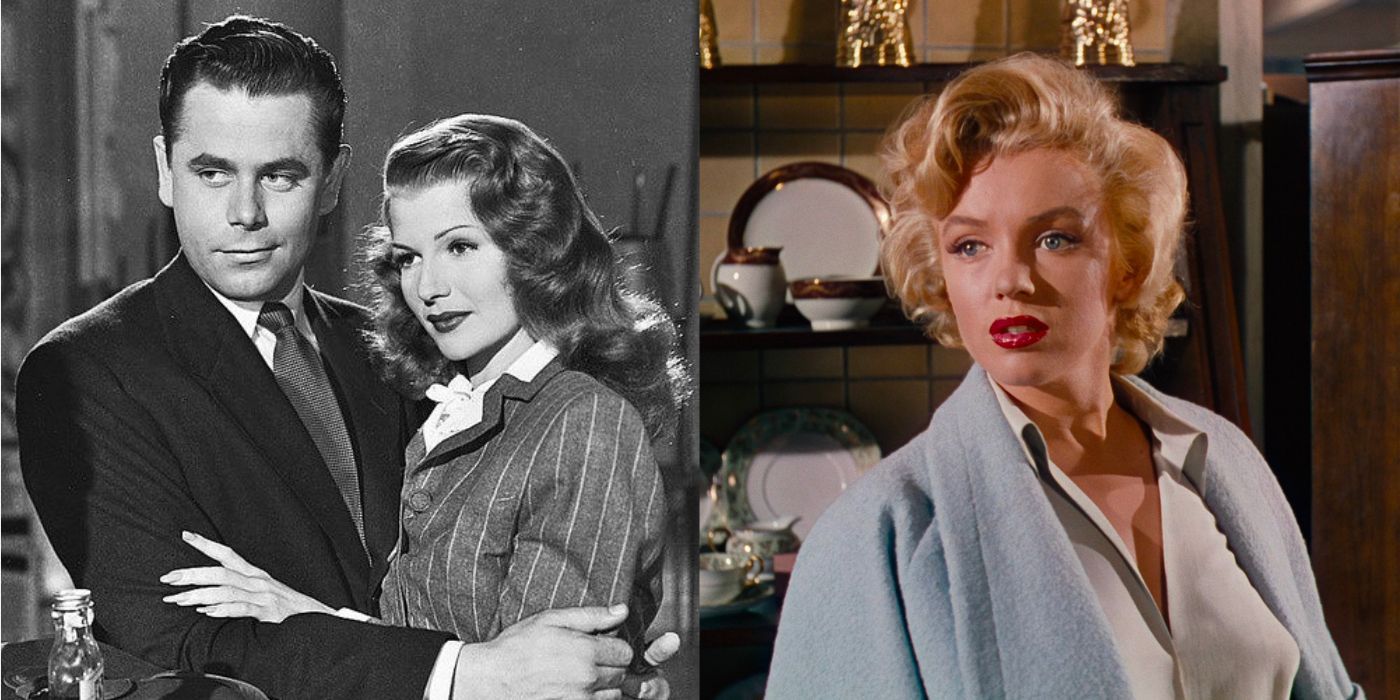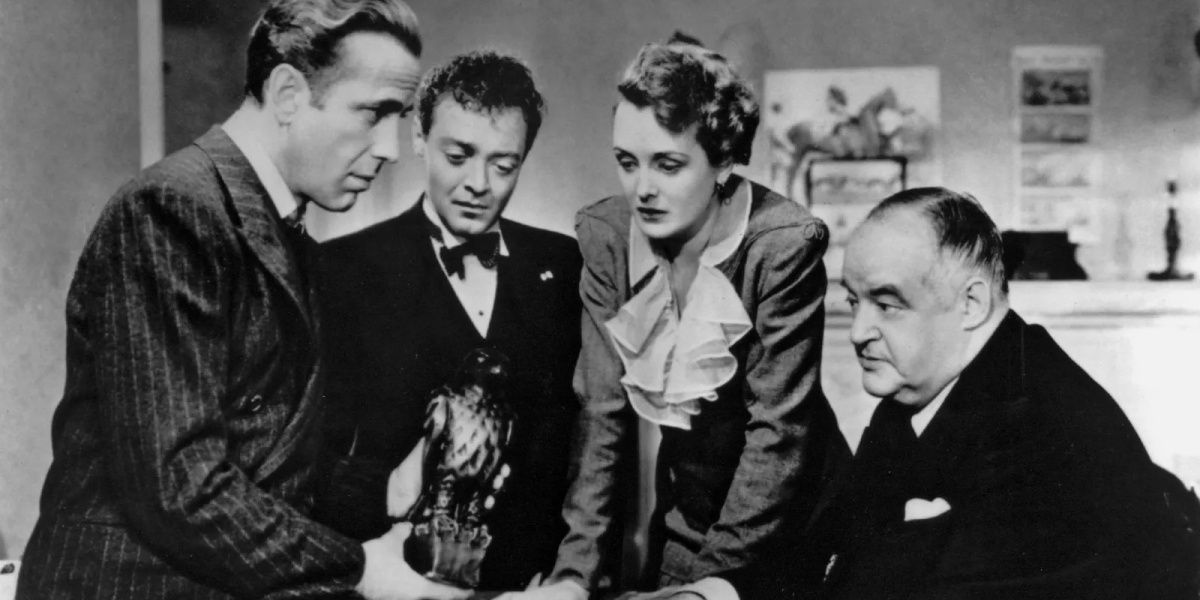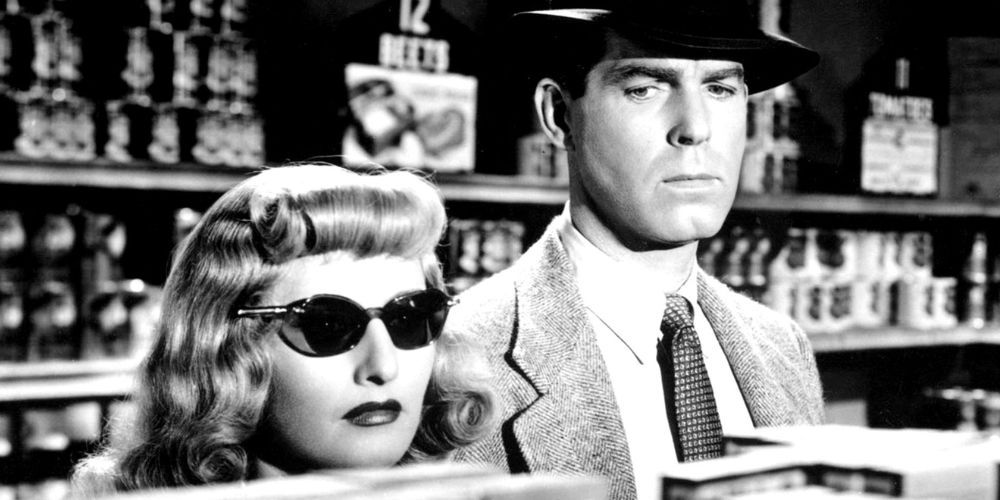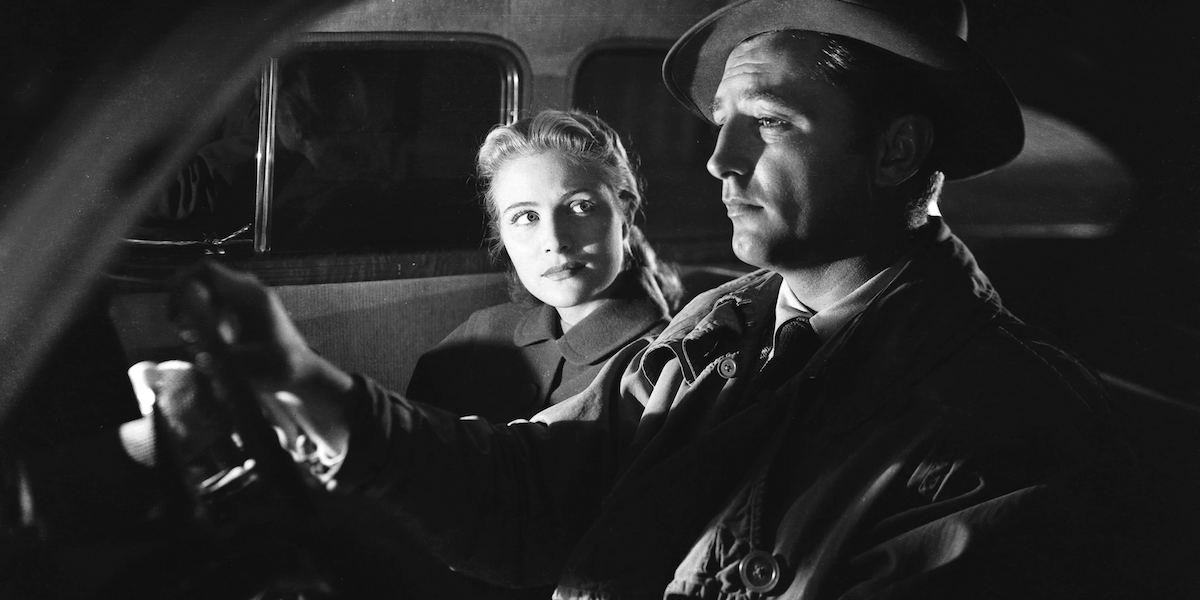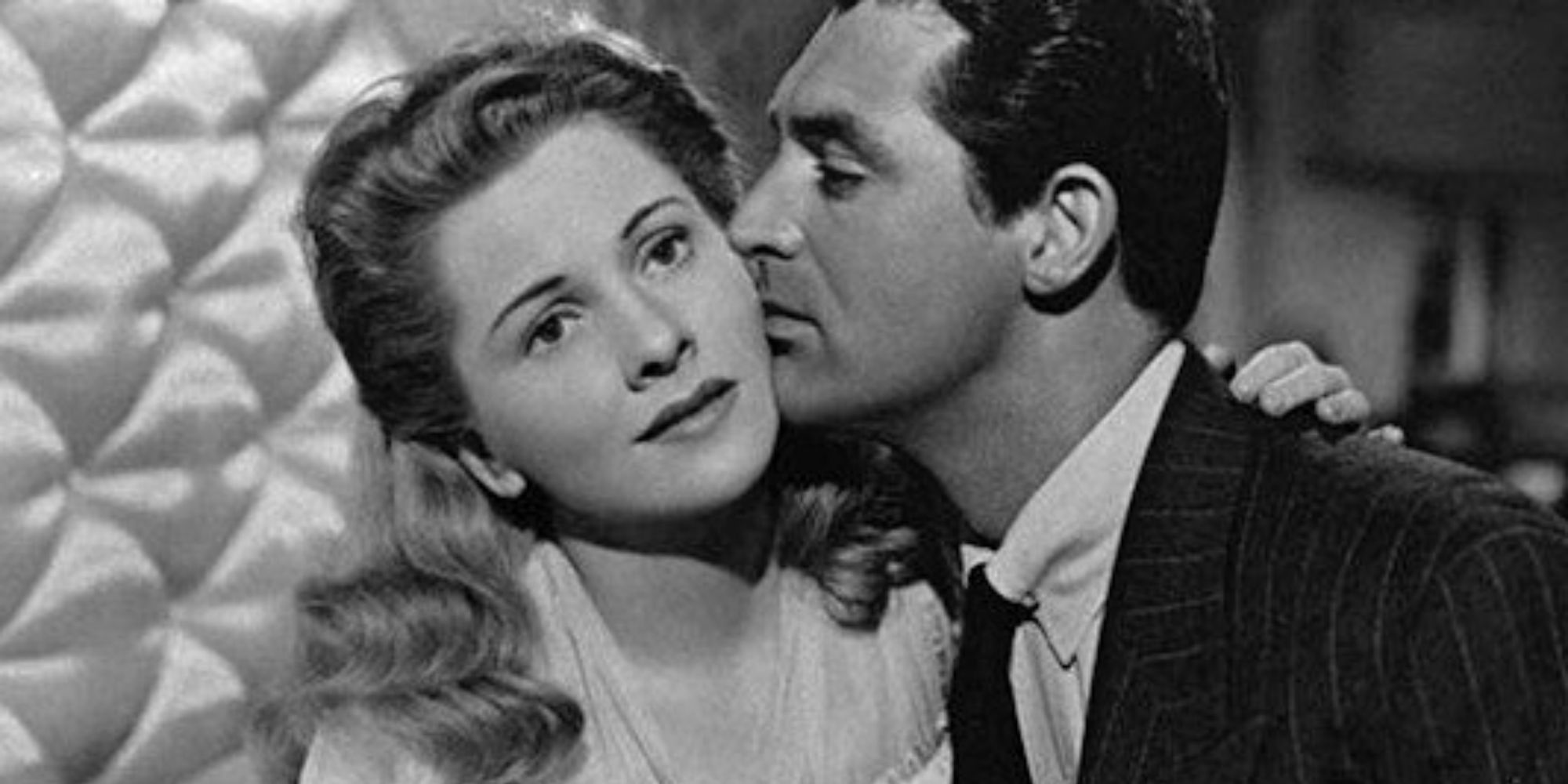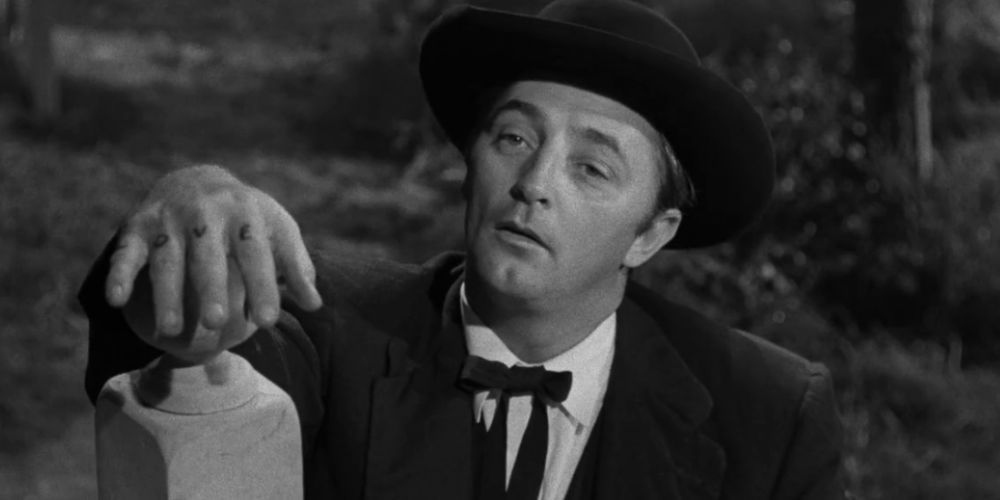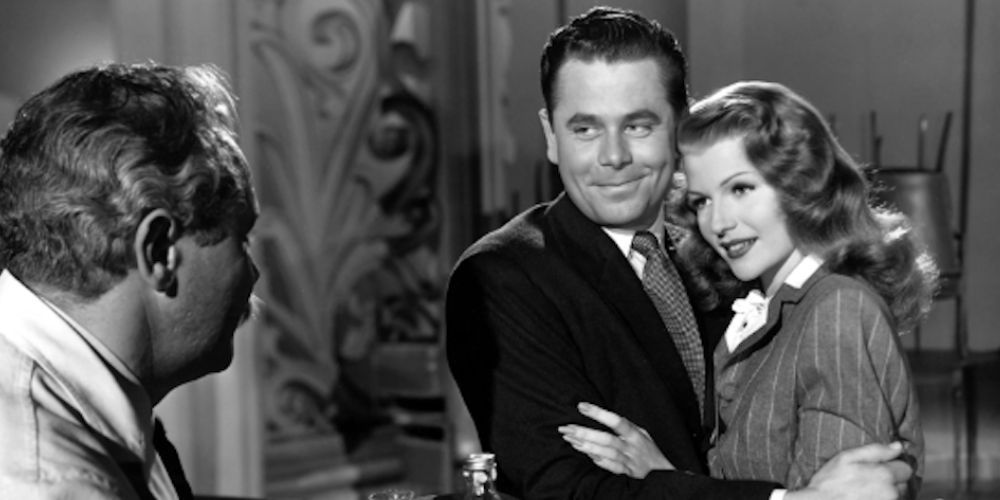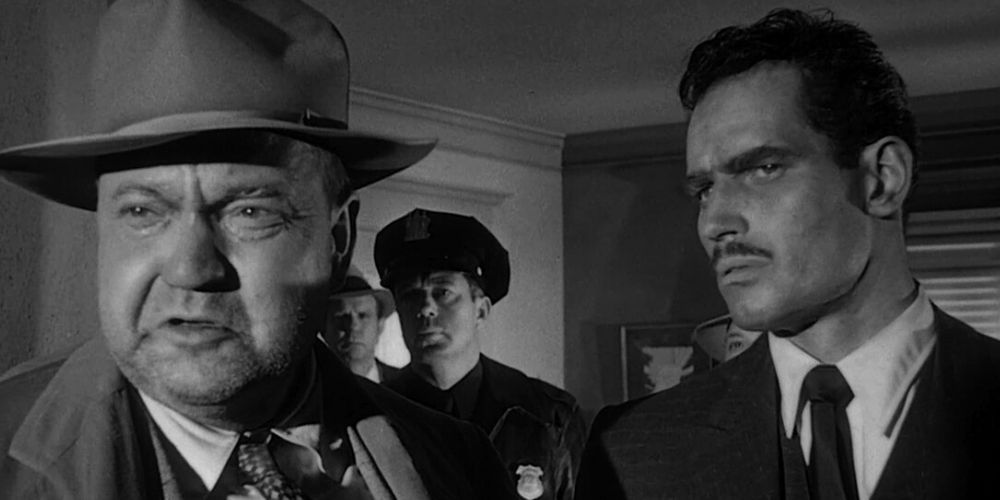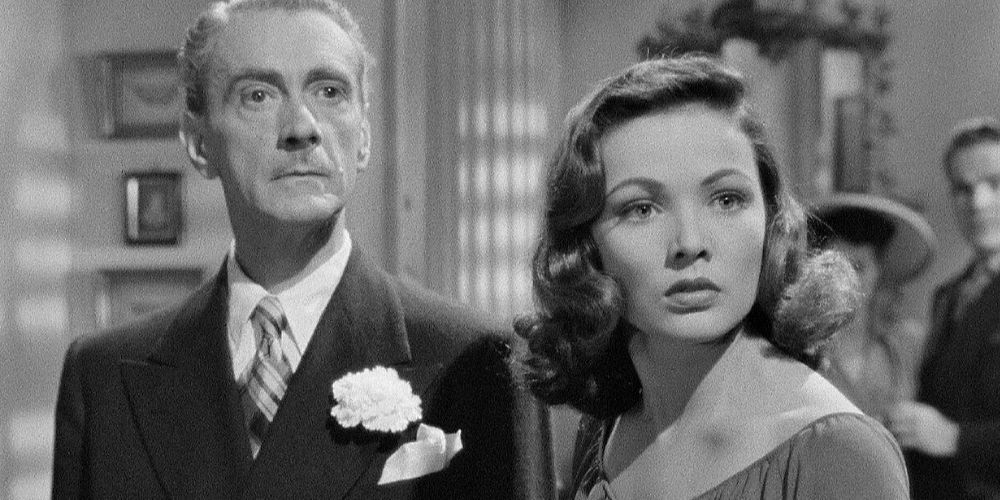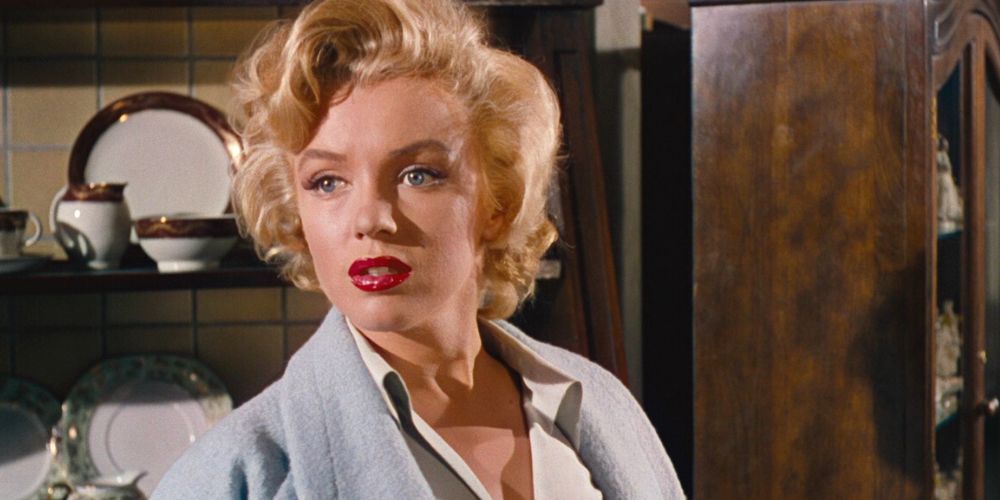Film noir is a genre and style of filmmaking that refers to 1940s and 1950s crime dramas such as The Third Man and White Heat. The genre emerged in the United States during the Great Depression and was influenced by popular crime novels as well as the visual style of German Expressionism. There are a number of rules that are required for a movie to be classified as film noir, but most filmmakers consider these rules to be more like guidelines.
Film noir has never been officially defined and has evolved through the years into sub-genres such as neo-noir and tech-noir. While most film noir movies share similar qualities and character archetypes, most of them fail to follow the required formula.
The Mafia & Organized Crime
One of the most common tropes in film noir is the presence of the mafia or organized crime. Before the height of the genre, gangster films were box office hits and essentially paved the way for film noir as studio heads realized there was a demand for morally compromised protagonists.
While many film noir protagonists are bending the rules or going against society, they're usually faced with thieves or a scorned lover. Laura involves a woman who is murdered by an obsessed admirer after she becomes engaged to someone else. The Maltese Falcon starring Humphrey Bogart is one of the most iconic film noir movies and is about a couple of jewel thieves searching for a priceless statue.
Minor Crime Reveals Bigger Plot
A majority of the crimes or scandals in the film noir genre are usually more personal and on a smaller scale. While some film noirs involve this trope, classics such as Sunset Boulevard, Double Indemnity and Mildred Pierce all involve crimes that are a result of personal conflicts.
In Sunset Boulevard, Gloria Swanson plays a femme fatale and movie star who kills the man she loves when he doesn't feel the same. Barbara Stanwyck and Fred MacMurray in Double Indemnity are lovers who plot to kill Stanwyck's husband in order to be together. Mildred Pierce stars Joan Crawford as a working mother who sacrifices everything including her freedom when she takes the fall for a murder her daughter actually committed.
Rotten City
Another common characteristic of the genre is that the story must be set in an urban area or city. While some movies such as The Asphalt Jungle and Touch of Evil have the backdrop of dark alleys and streets, most film noir movies take place in small towns or suburban areas.
Out of the Past starring Robert Mitchum takes place in a small town where Mitchum's character moved to in order to escape his past. Despite his big city troubles finally catching up to him, the film still primarily takes place in the wilderness and country that surrounds the quaint town. The Stranger is an early film noir starring Orson Welles as a Nazi who is hiding out in an all-American town in Connecticut as a prep school teacher.
Private Eye
One of the most common tropes in film noir is the male character is a detective or private eye. It's true that there's almost always some kind of investigator, but they usually aren't the main character. Film noir plots actually have a range of characters including a law-abiding citizen who is pulled into a crime like in Alfred Hitchcock's Strangers on a Train or a charming gentleman who has a hidden agenda like Cary Grant in Suspicion.
In Strangers on a Train, a professional tennis player finds himself in the middle of a murder plot after meeting a man on the train home. His seemingly perfect life is turned upside down as he tries to clear his name as well as bring the man to justice. Cary Grant woos and marries a wealthy Joan Fontaine in Suspicion, but Fontaine soon begins to suspect that Grant is trying to kill her.
Sympathy for Villain
Like in most gangster movies, audiences root for the character who would normally be perceived as a villain or criminal in other genres. Audiences are always sympathetic towards anti-heroes in film noir, but they almost never feel any remorse for the bad guys.
In The Night of the Hunter, Robert Mitchum plays a serial killer who disguises himself as a minister to hopefully be accepted into the home of a widow and her children in order to find a hidden fortune. Mitchum's character believes he is doing "God's work" by marrying widows and killing them for their money and a justification that audiences cannot accept or be sympathetic towards. Lana Turner plays a married woman in The Postman Always Rings Twice who plans to murder her husband after she falls in love with a drifter. At the time, audiences rarely had any sympathy for a woman who was unfaithful to her husband who has provided for and loved her.
Unhappy Endings
It's a common misconception that every film noir movie has an unhappy ending, but most film noir movies actually end on a somewhat happy note. It might not end happily for every character, but iconic hits such as Gilda, and Dark Passage all work out in the end.
In Gilda, Glenn Ford plays Johnny who is hired to run a casino where he crosses paths with his former flame played by Rita Hayworth. The film is full of frustration and mind games, but the couple eventually reconciles by the end of the movie. In Dark Passage, Humphrey Bogart plays a wrongfully convicted man who escapes from prison. While searching for the real perpetrator of the crime, he meets Irene who is played by Lauren Bacall, and the two end up falling in love by the end of the movie.
Paranoia or Loss of Reality
Characters like Norma Desmond and Lina from Suspicion try to cope with their reality, but a majority of film noir movies don't involve mind games or a character's psyche. Most film critics are divided on film noir classics like Notorious and Shadow of a Doubt, which some classify as only psychological thrillers. This inconsistency has led many to believe that a film noir movie requires a major inner conflict or dilemma.
Most film noir movies involve characters who have more physical obstacles such as a social problem or pulling off a robbery. Orson Welles' Touch of Evil focuses on crime and corruption in a small town on the Mexican border. Heston plays a special prosecutor who becomes invested in a suspicious murder and learns that the town is run by crooked cops.
Frequent Flashbacks
Flashbacks are commonly used in the film noir genre, but they're not as frequent as some would think and are only used when necessary. Most flashbacks in film noir movies are in the beginning for a brief moment and assist in setting up the story or filling the audience in like in Laura.
The movie opens with a detective played by Dana Andrews who is assigned to a murder case. Andrews meets with the victim's friend who answers his questions by narrating a series of flashbacks that introduce audiences to Laura. Out of the Past also follows this pattern of flashbacks which are used mid-way through the first act to explain how Mitchum's character ended up hiding out in a small town.
Black & White
While almost every classic film noir was shot in black and white, there are a handful that were filmed in color including Leave Her to Heaven, Vertigo and Niagara starring Marilyn Monroe. From the1960s on, filmmakers began adopting the use of one or two colors in film noir or just filmed entirely in color.
Chinatown starring Jack Nicholson is one of the most iconic neo-noir films and follows every rule of film noir except filming in black and white. Director Roman Polanski still manages to bring the film noir tone with the use of low lighting and dark colors. The 2005 movie Sin City is a neo-noir shot primarily in black and white, but directors Robert Rodriquez and Frank Miller added the use of only one or two colors which is similar to Miller's graphic novel.

